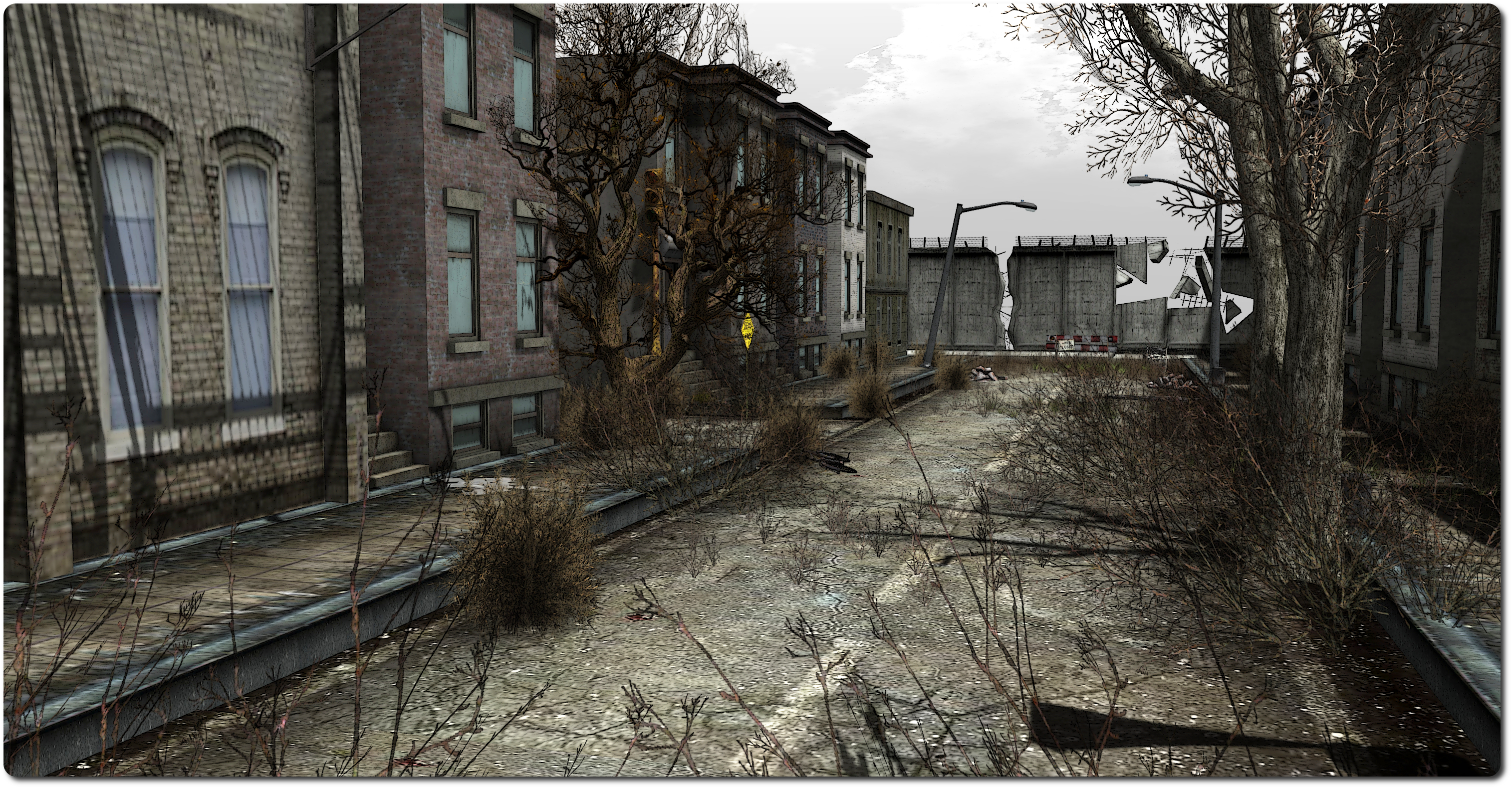Server Deployments Week 24
As always, please refer to the server deployment thread for the latest information / news on deployments.
Due to the need to make a necessary security update to the simulators in week 23, this weeks deployments effectively return the server channels to the condition they were in (albeit briefly) following the week 23 deployments:
- There was no deployment to the Main (SLS) channel on Tuesday June 10th. However, the channel was still restarted as a part of scheduled maintenance on the grid
- On Wednesday June 11th, the release candidates should be updated as follows:
- BlueSteel should return to the inventory update. This project enables support for a new version of the inventory service, AISv3, which requires the updates found in the Sunshine RC Viewer
- LeTigre should return to the group ban project this week. As the name implies, this project adds the ability to ban users from groups -see the release notes for details
- Magnum should return to the Experience Tools project this week, and receive some minor changes – release notes
SL Viewer
There has been no release candidate viewer promoted to the de facto release viewer as yet this week.
The MemPlug release candidate and the Sunshine / AIS v3 candidate with both withdrawn from the viewer release channel. As noted in week 23, both of these release candidate viewers have been combined into a single viewer, the MemShine RC, version 3.7.9.290582, which has now officially replaced both of them.
The Zipper (fast installation) viewer has yet to return to the release channel, having been removed on May 30th.
Please refer to my Current Viewer Releases page for information on current viewer releases (SL and TPV).
Upcoming Snowstorm RC and XP Version Checking

The upcoming Snowstorm RC viewer which should be entering the release channel shortly will, as reported in my last TPV developer meeting update, include the STORM-1831 updates to LSL syntax highlighting.
It will also include STORM-1966, which, in keeping with recent updates to the minimum hardware specifications for Second Life, require that Windows XP systems have the latest patches installed. For 32-bit XP, this means having Service Pack 3 installed, and for 64-bit XP, having Service Pack 2 installed. Any XP system not meeting these requirements will be unable to install the viewer until such time as they are updated. In addition, the installer will warn Vista and Windows 7 users if they are lacking a Service Pack update (but it will not prevent the viewer from being installed on these systems).
Other Items
Light Reflections on Materials
There has been a report that use of materials on adjoining prims can lead to issues with light reflections over what should contiguous surfaces, even when all of the parameters and setting across all of the maps used on the surfaces are identical (see this sample image – the reflected light should be uniform across the two prims). It’s currently not clear how often this occurs or under what lighting angles. Anyone who has encountered the problem and can reproduce it, is asked to raise a JIRA.
Profile Feeds Photo Upload Issue?
There may be a problem (possibly intermittent) with uploading snapshots to the profile feeds, with snapshots getting stuck during processing (e.g. your feed displays a message similar to: You have X snapshots being processed”). This is apparently indicative of a back-end processing problem located somewhere between the snapshot being uploaded for display and actually being displayed on a feed. The problem has been reported by several people and has been noticed by the Lab, so hopefully it will be getting something of a poke to try to sort it out.
With thanks to Mona Eberhardt for note from the Content Creator’s meeting, Monday June 9th





